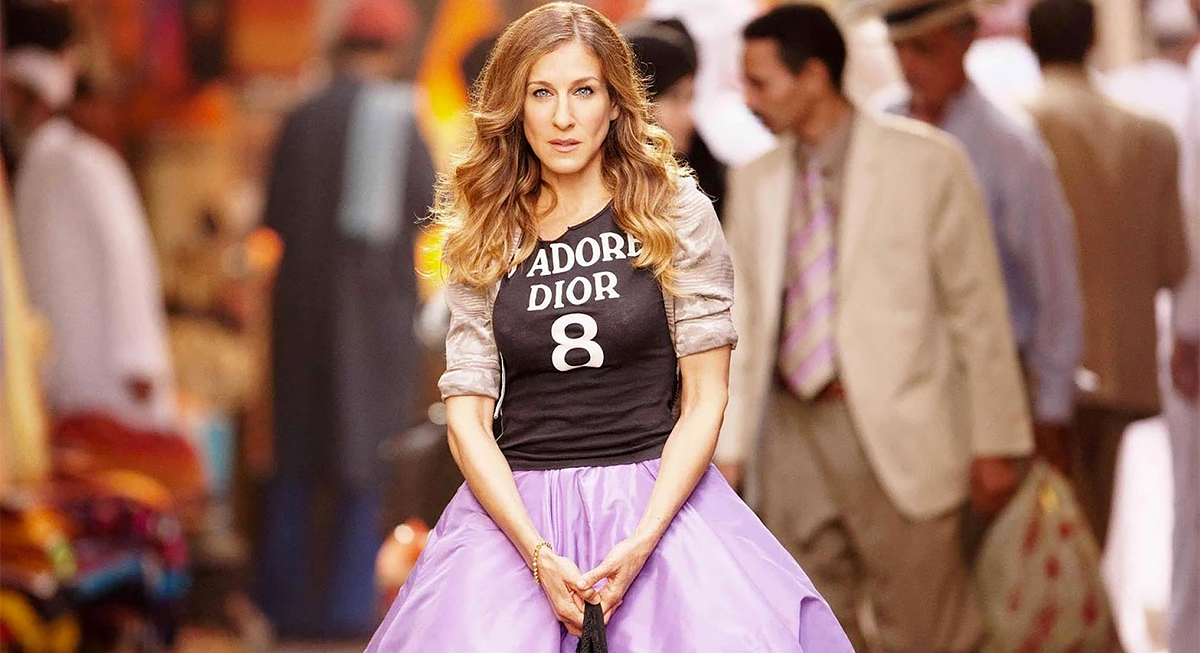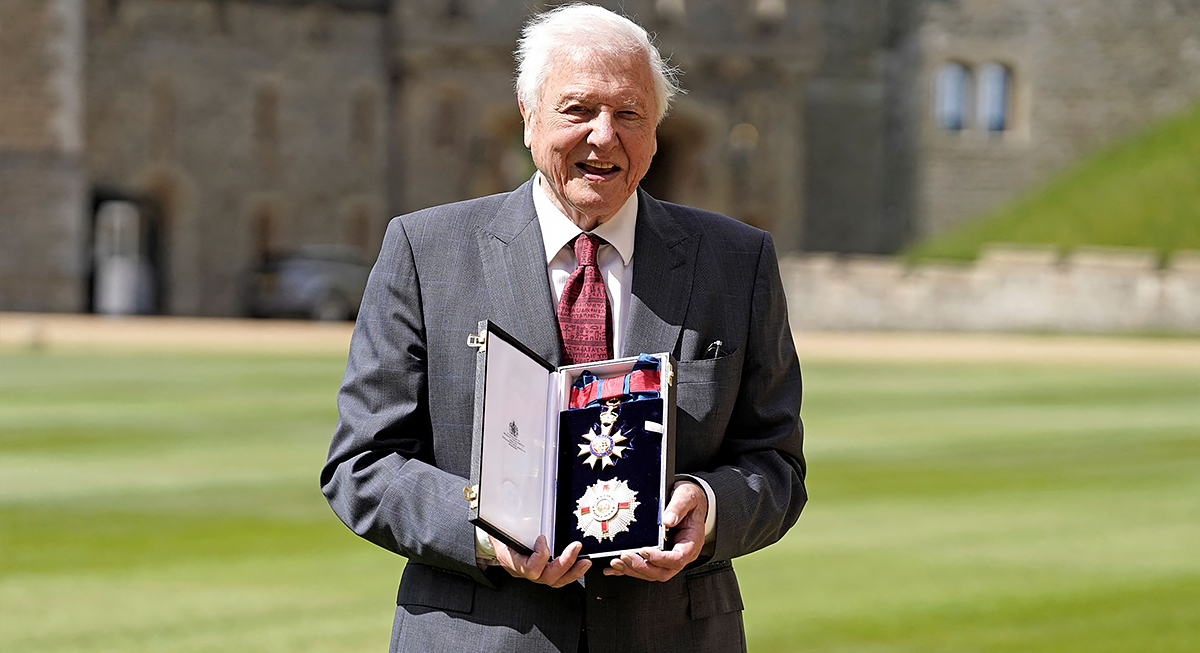The papacy isn’t just a spiritual office. It’s a human one. It comes with fragile health, politics, public expectation, and the kind of pressure most people would never dream of. Which is why the length of a pope’s reign can say a lot. Not just about the man, but the moment. Who endures, and why, isn’t always obvious—but it's always telling.
This list begins with the news of Pope Francis’ death in April 2025 and moves backward through time, counting down 15 of the longest-serving popes in Catholic history. Each one shaped the Church in their own way, and left a mark that still lingers.
Pope Francis (2013–2025)
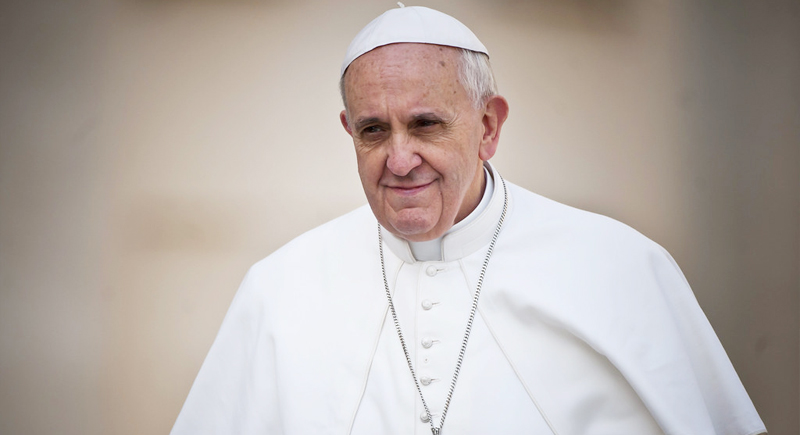
Credit: flickr
Twelve years as pontiff may not be the longest reign on record, but Francis’ impact was outsized. The first Latin American pope, the first Jesuit, and now the first to die in an age of global transparency, his papacy was deeply modern—climate change, LGBTQ+ outreach, economic inequality. A reformer in a system built to resist reform, and mourned around the world.
Pope Gregory XIII (1572–1585)
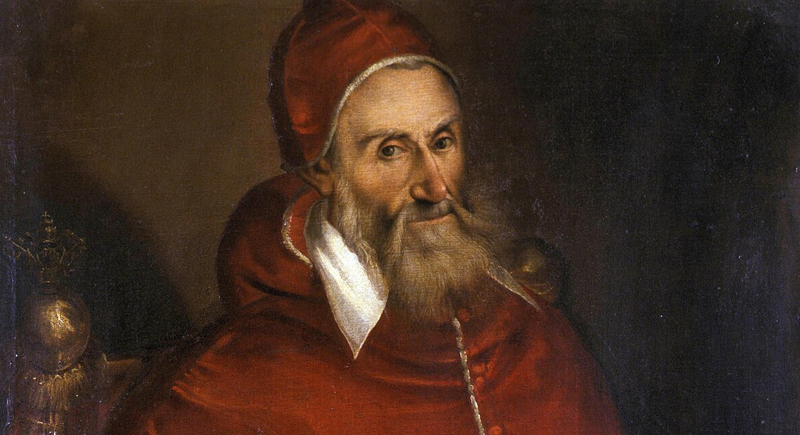
Credit: Wikimedia Commons
Best remembered for the Gregorian calendar, his 13-year reign modernized how the Western world kept time. But Gregory XIII wasn’t just about dates; he launched missions abroad, supported education, and reasserted Catholic orthodoxy through the Jesuits. His legacy lives in every leap year.
Pope Clement VIII (1592–1605)
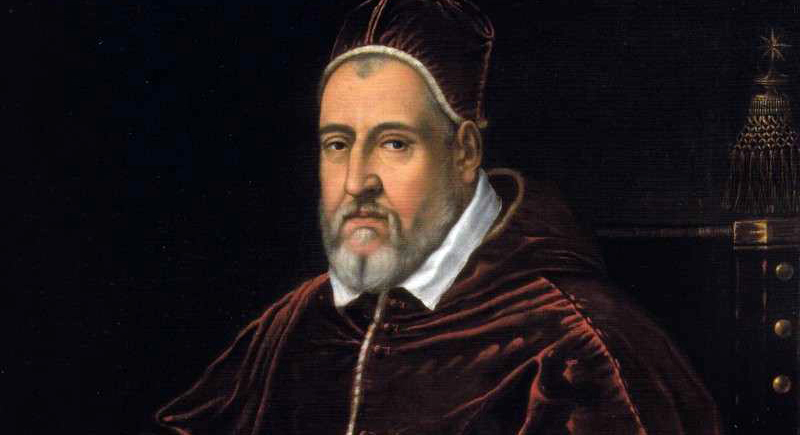
Credit: Wikimedia Commons
Thirteen years of delicate diplomacy. Clement VIII ended the French Wars of Religion with the absolution of Henry IV, allowed Galileo to publish (initially), and helped usher in the Counter-Reformation. He knew when to hold firm, and when to open the gates—at least for a while.
Pope Pius XI (1922–1939)
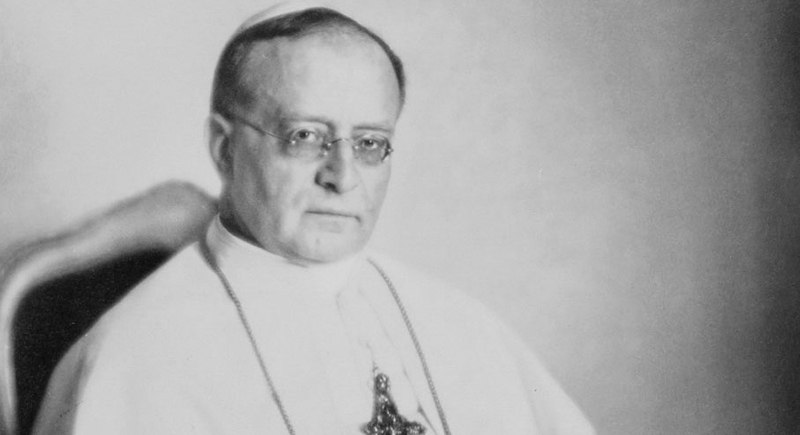
Credit: Wikimedia Commons
Pius XI's 17-year reign sat squarely between two world wars, and he knew exactly what was brewing. He formalized Vatican City's sovereignty with the Lateran Treaty, denounced fascism before it was fashionable, and laid groundwork for modern papal diplomacy. His final years were filled with blunt encyclicals aimed at totalitarian regimes that were gaining steam.
Pope Innocent III (1198–1216)

Credit: Wikimedia Commons
At 18 years, Innocent III used every tool at his disposal to consolidate power. He called the Fourth Crusade, strengthened canon law, and inserted papal authority into kings’ affairs with unapologetic force. His influence outlasted his reign, echoing into medieval Europe’s legal and moral structure.
Pope Urban VIII (1623–1644)
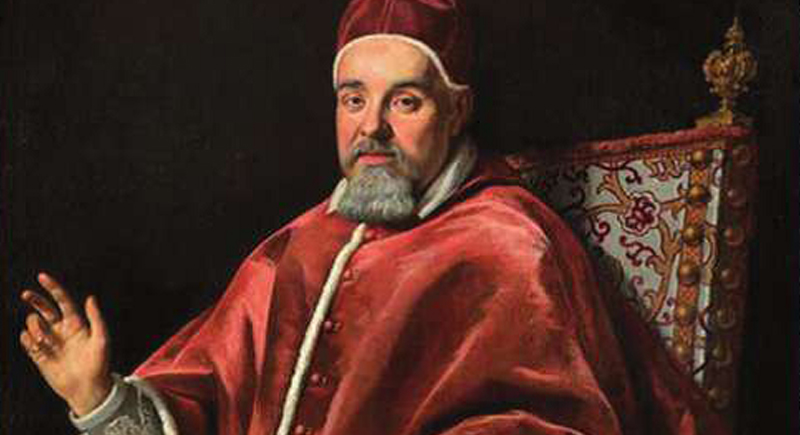
Credit: Wikimedia Commons
Twenty-one years on the throne and not shy about it. Urban VIII turned Rome into a baroque capital, excommunicated Galileo, and left the papacy drowning in debt. But he also left a cultural footprint no one can ignore. Opulence and controversy followed him like incense smoke in a cathedral.
Pope Alexander III (1159–1181)
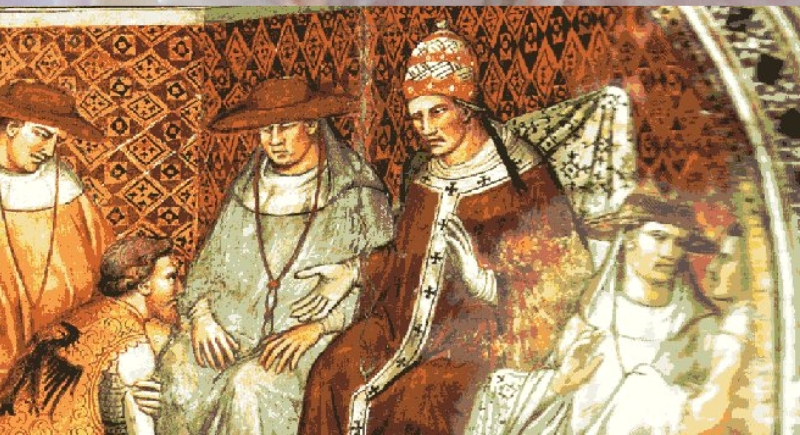
Credit: Wikimedia Commons
Nearly 22 years at the helm during an era of imperial tension, Alexander III spent his pontificate outmaneuvering Emperor Frederick Barbarossa. He held the Third Lateran Council, reinforced papal elections, and excommunicated his enemies with conviction. Despite being exiled more than once, he never lost his grip on spiritual authority.
Pope Pius VII (1800–1823)

Credit: Wikimedia Commons
Spending 23 years as pope while Europe burned around him, Pius VII was arrested by Napoleon, exiled, and humiliated—then quietly outlasted him. His return to Rome felt like a small miracle. He restored the Jesuits, rebuilt Church credibility, and offered a masterclass in moral resistance without open rebellion.
Pope Adrian I (772–795)
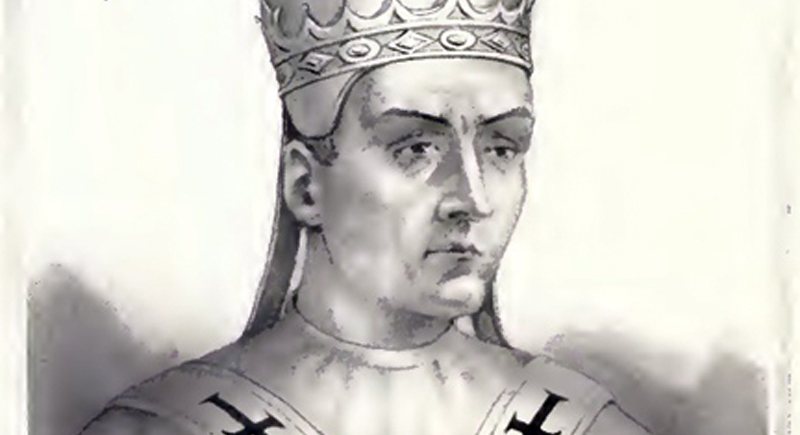
Credit: Wikimedia Commons
Adrian I ruled for almost 24 years and was instrumental in fusing the papacy with Charlemagne's rising empire. Their alliance paved the way for the Holy Roman Empire. Adrian handled Lombard aggression and Byzantine tensions with the same calm pragmatism. He was a political pope, but without the theatrics.
Pope Pius VI (1775–1799)
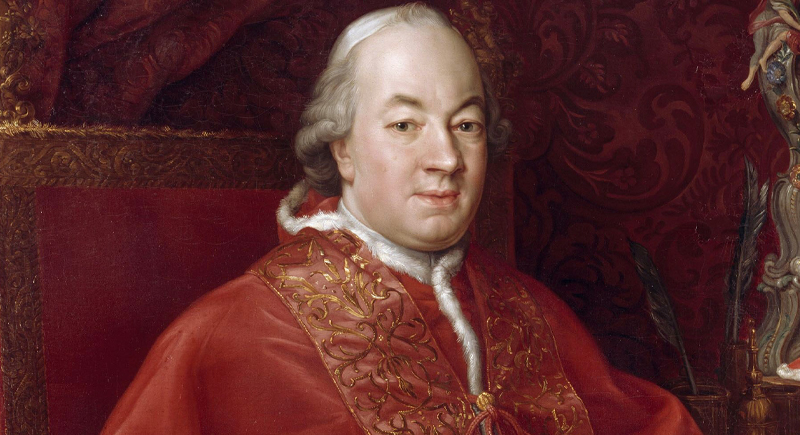
Credit: Wikimedia Commons
Twenty-four years under siege by revolution. Pius VI saw the French Revolution tear apart both Europe and the Church's influence. He refused to bend, condemning the Civil Constitution of the Clergy and ending up imprisoned by French forces. He died in captivity—the last pope to do so.
Pope Leo XIII (1878–1903)
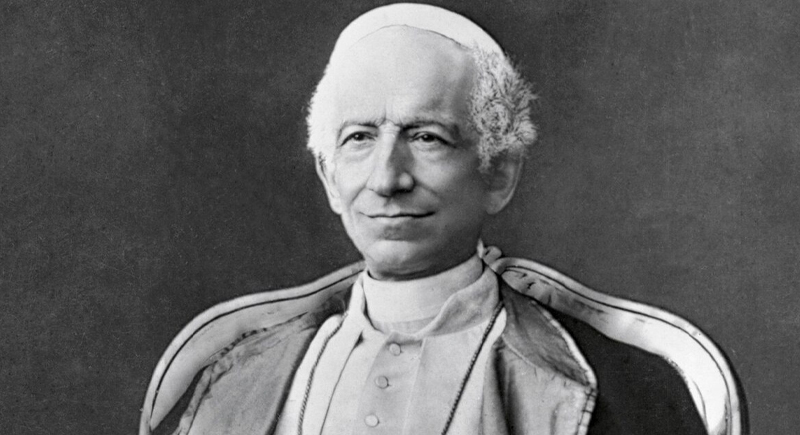
Credit: Wikimedia Commons
Leo XIII brought the Church into the industrial age. His 25-year reign was marked by intellectual depth and social concern, most famously his encyclical Rerum Novarum which supported labor rights. He opened the Vatican archives to scholars and tried to mend fences with the modern world without surrendering to it.
Pope John Paul II (1978–2005)
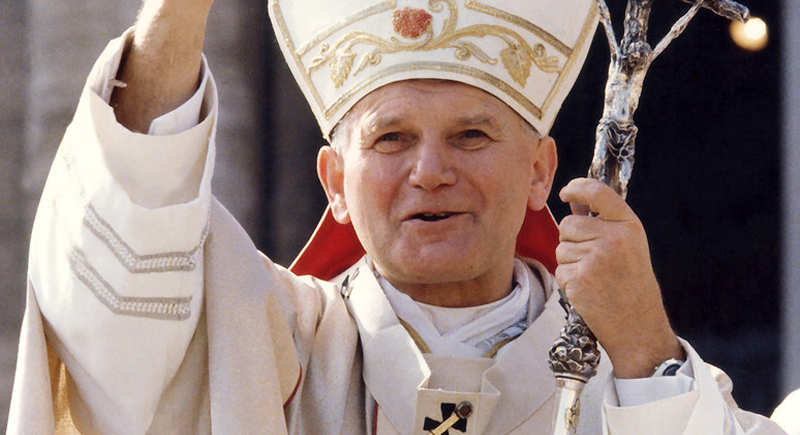
Credit: flickr
Twenty-six years of globe-trotting, political interventions, and personal charisma. John Paul II wasn’t just a pope—he was a movement. He outlived an assassination attempt, stood against communism, and became the face of Catholicism for multiple generations. Even critics admired his stamina.
Pope Pius IX (1846–1878)
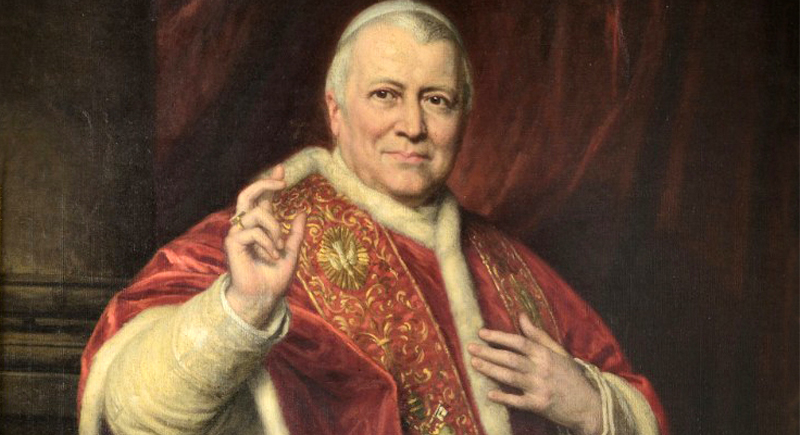
Credit: Wikimedia Commons
With a record-breaking 31-year papacy, Pius IX steered the Church through modernity kicking and screaming. He lost the Papal States, proclaimed the Immaculate Conception, and convened Vatican I, where papal infallibility was declared. Complex, controversial, and fiercely committed to his vision of Catholic identity.
Saint Peter (circa 30–67 AD)
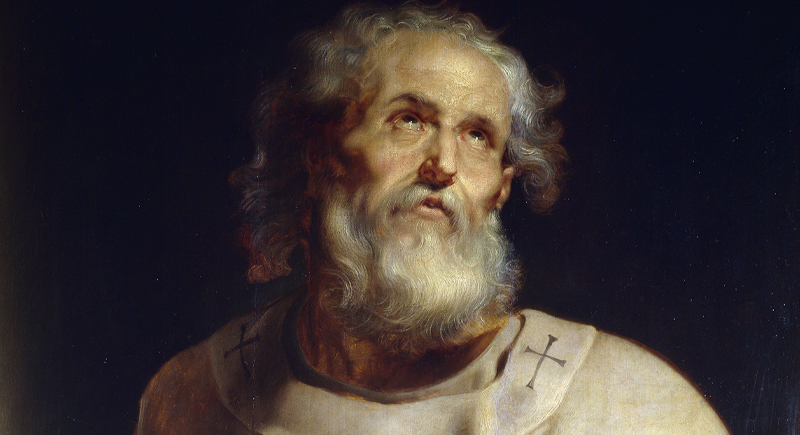
Credit: Wikimedia Commons
It’s hard to talk papal longevity without Saint Peter. With a reign lasting around 37 years, the Church counts him as its first pope. Martyred in Rome, buried under what would become St. Peter’s Basilica, his legacy is more mythic than administrative. Still, he set the tone: flawed, bold, and foundational.



